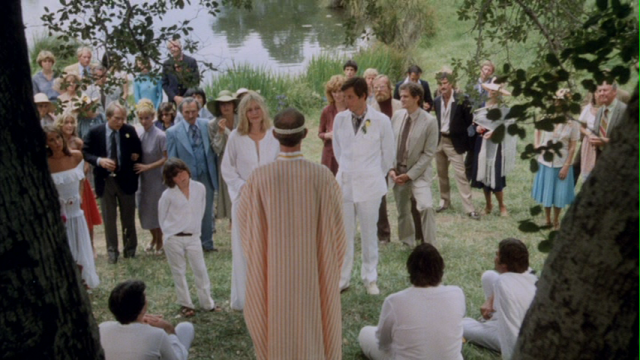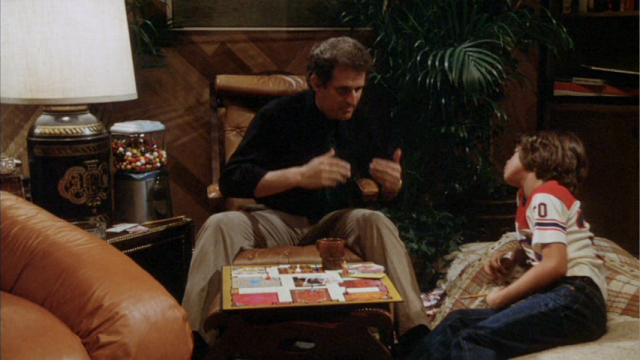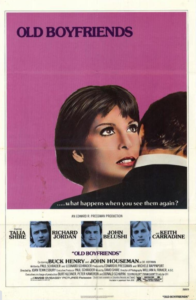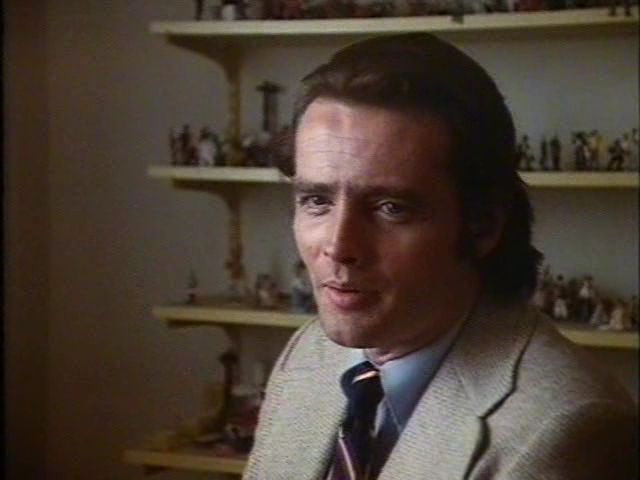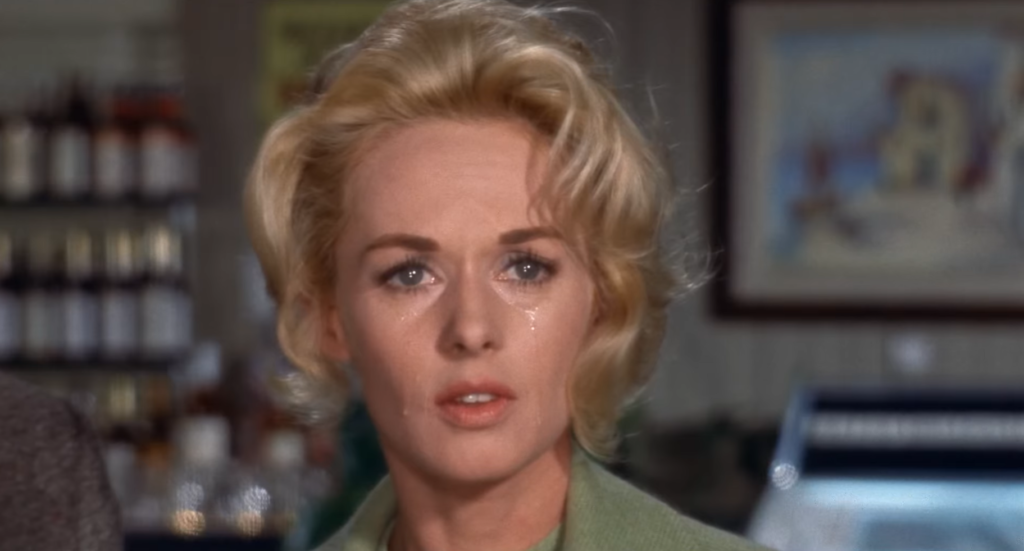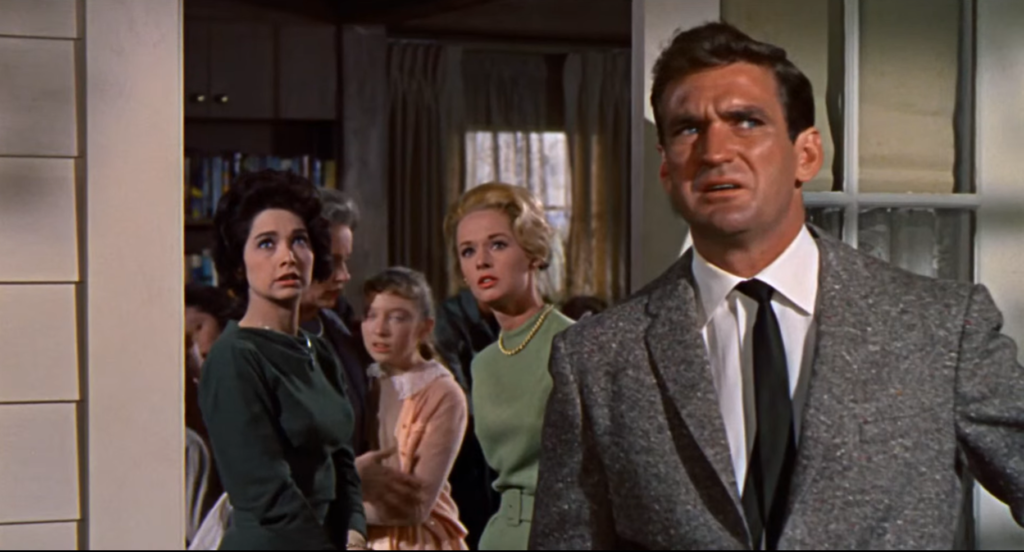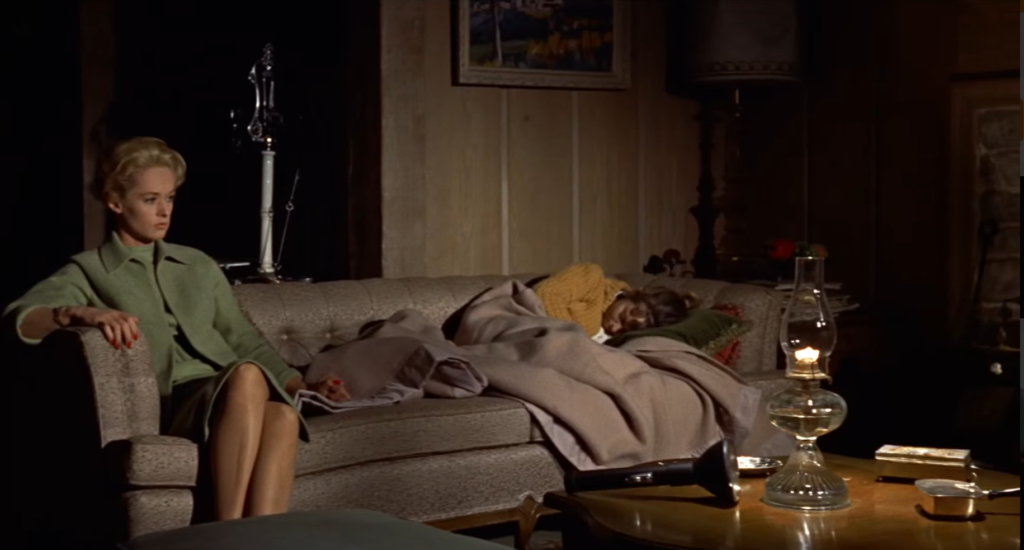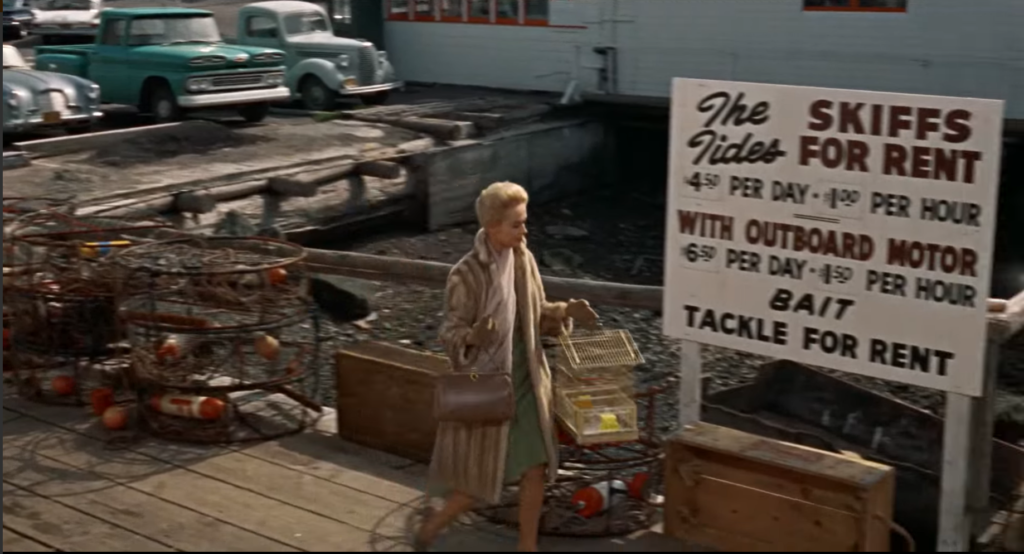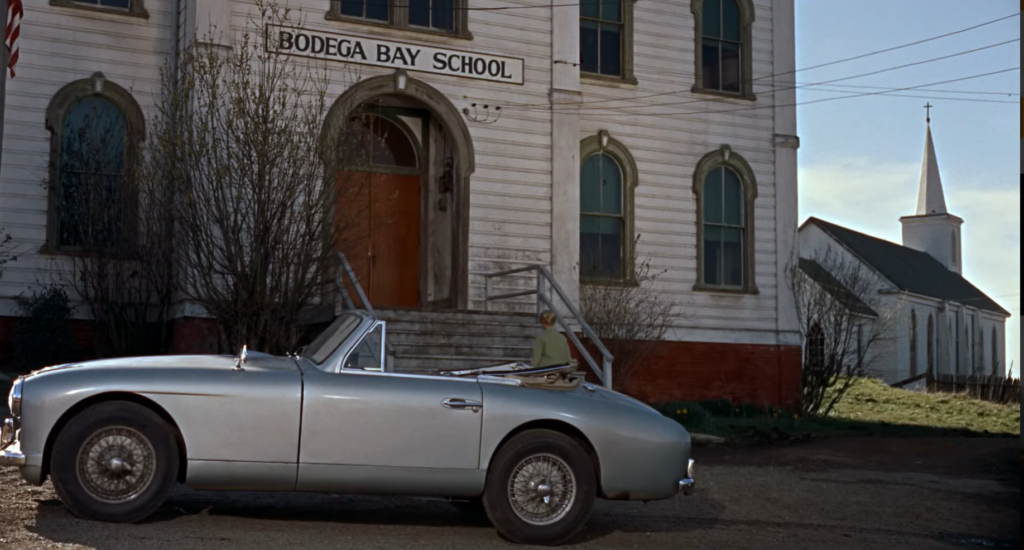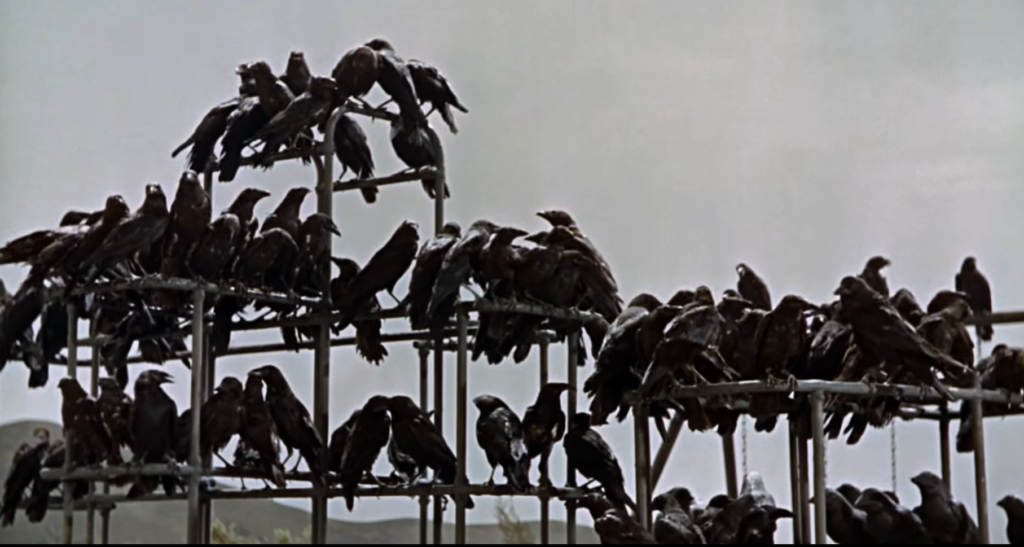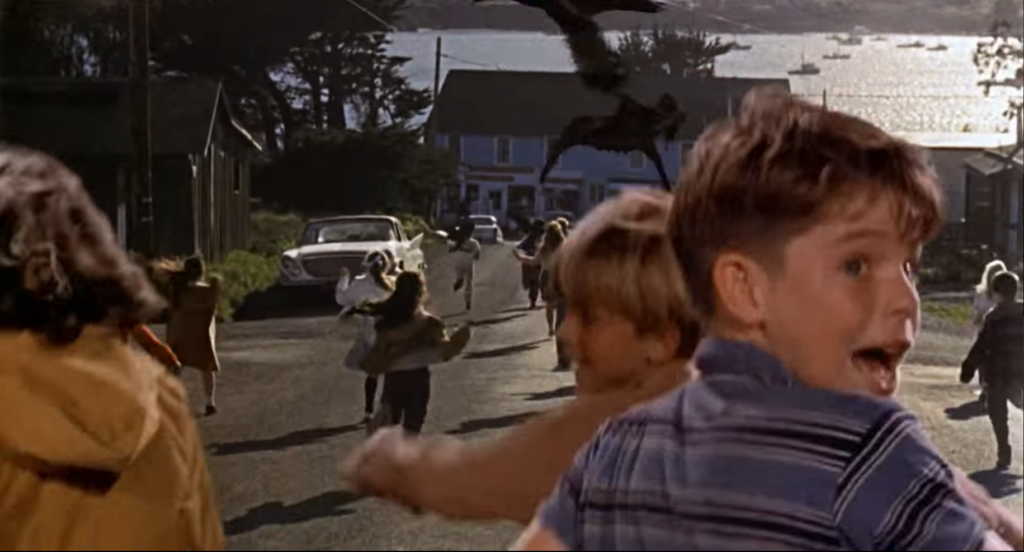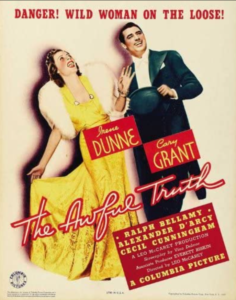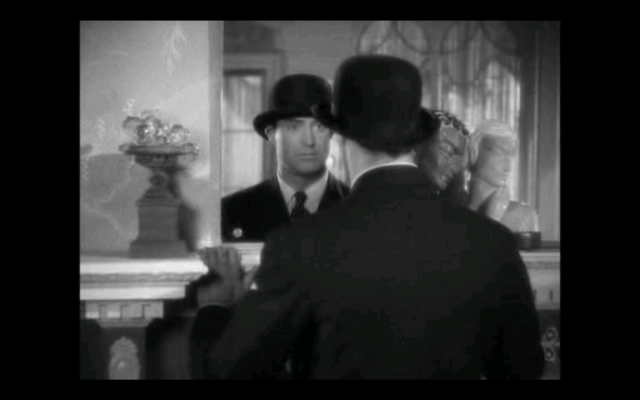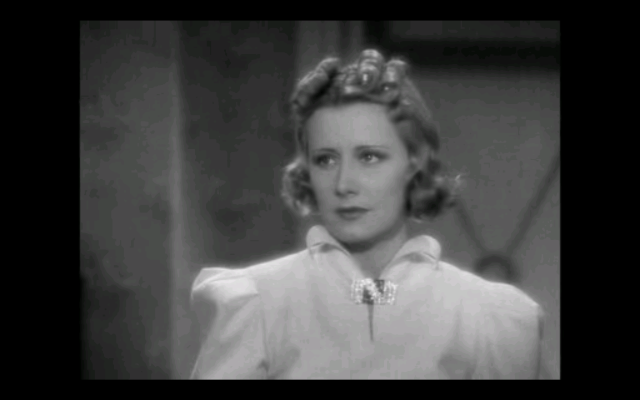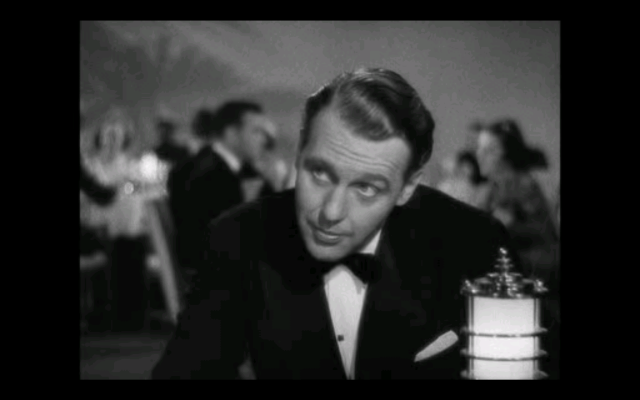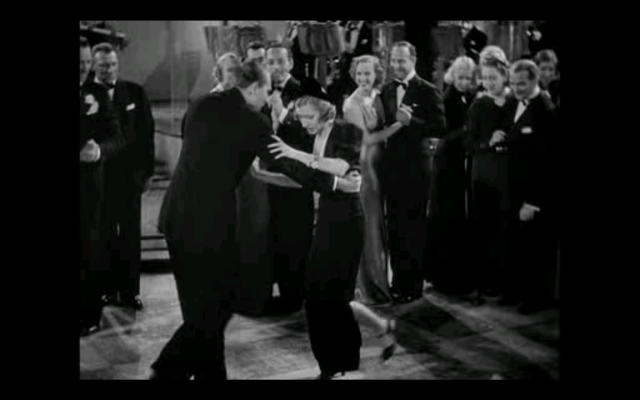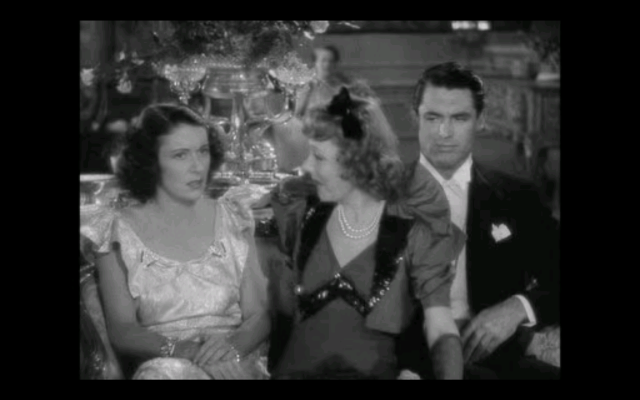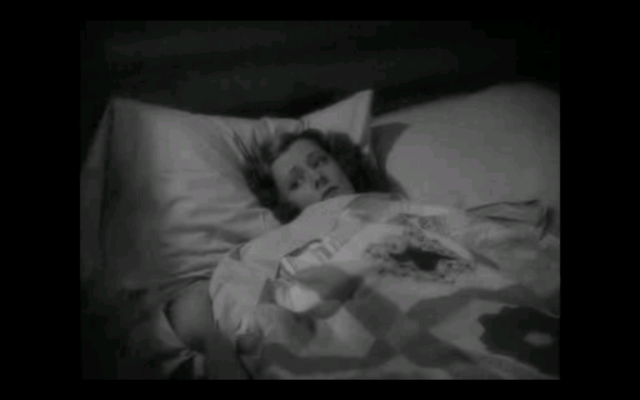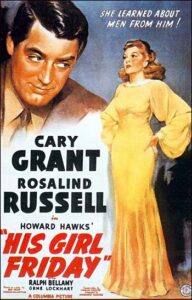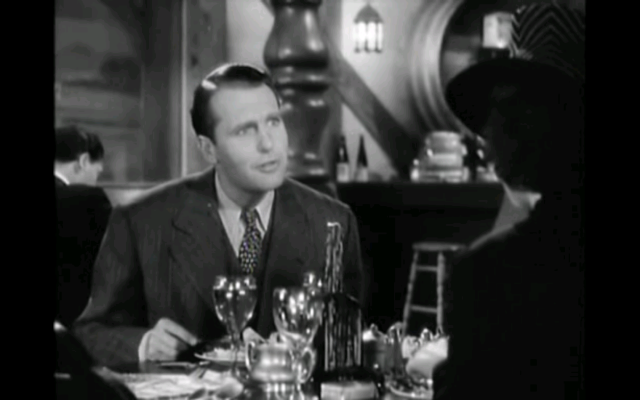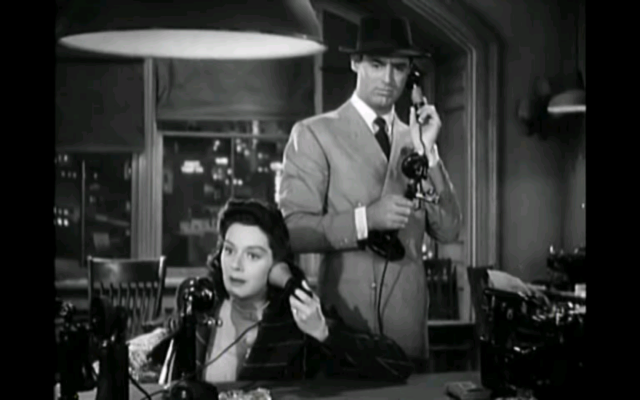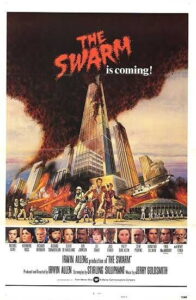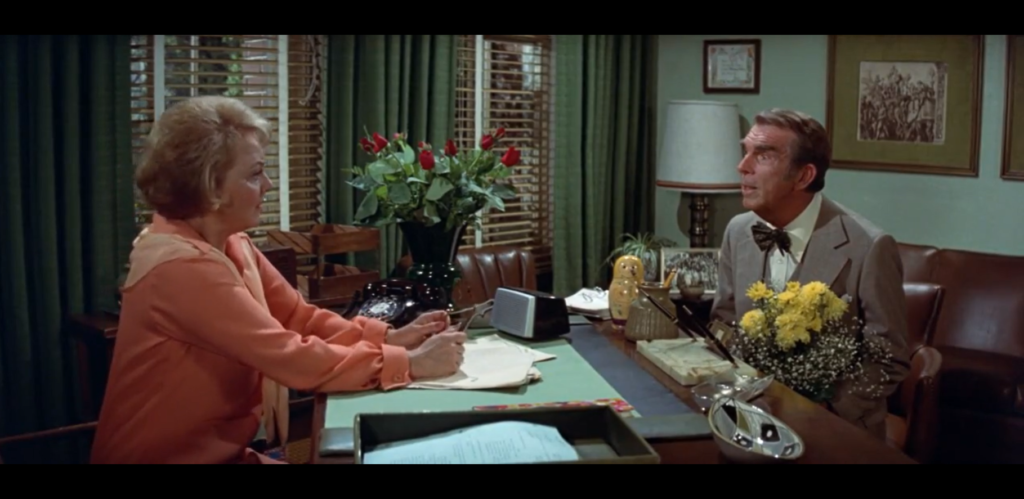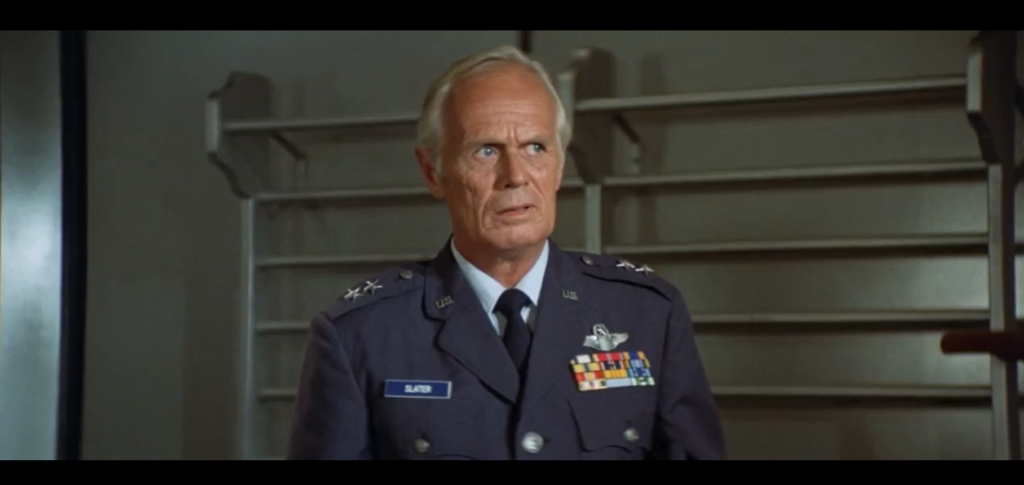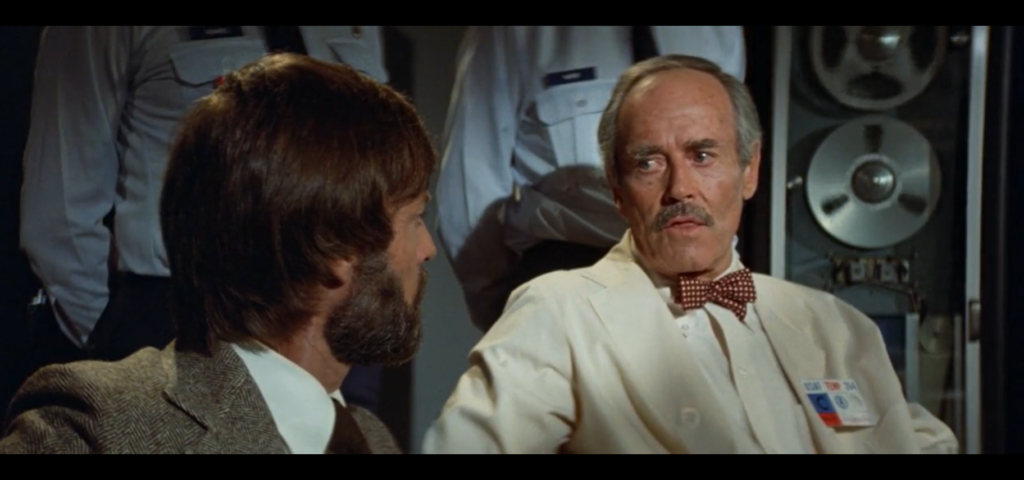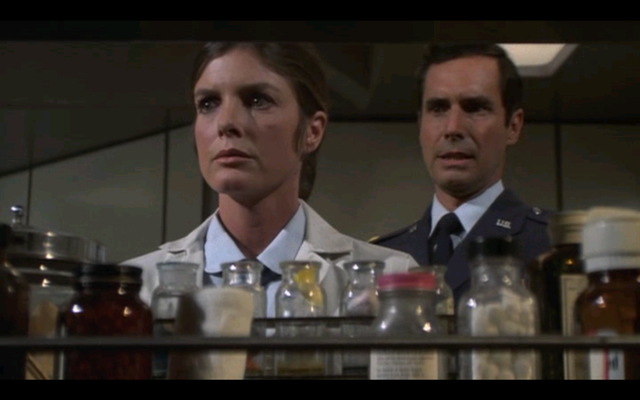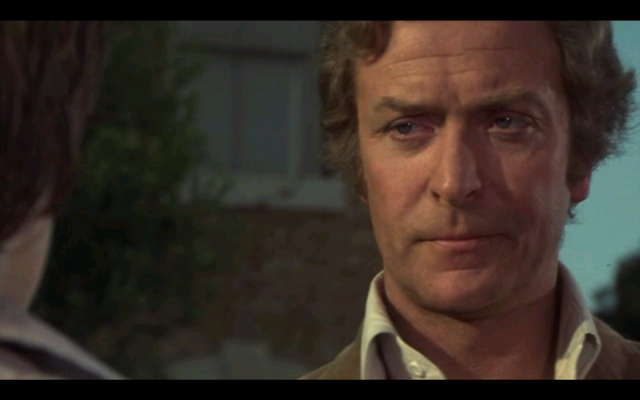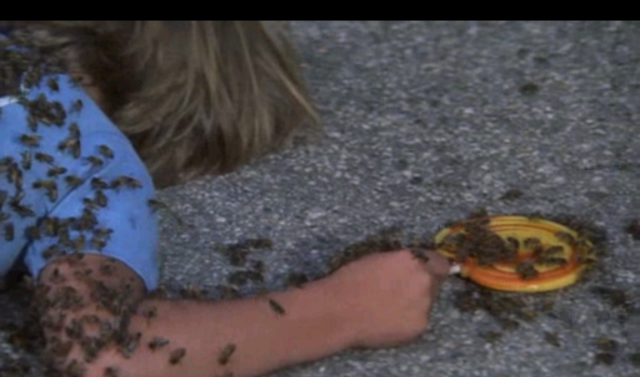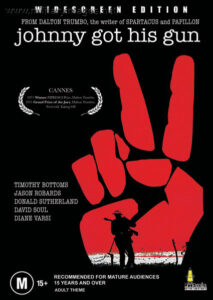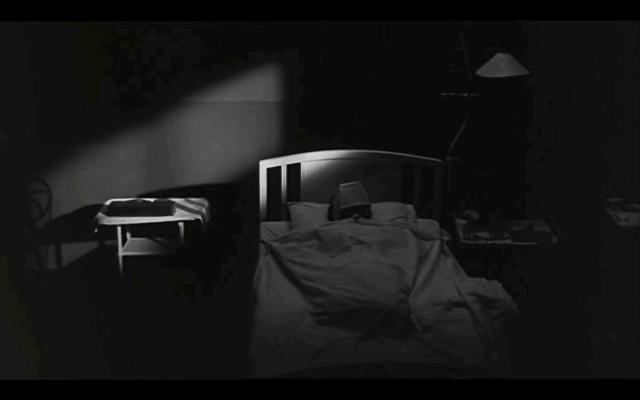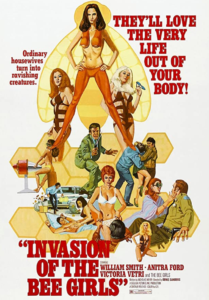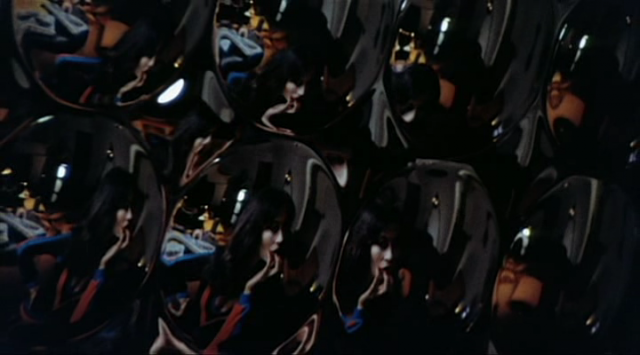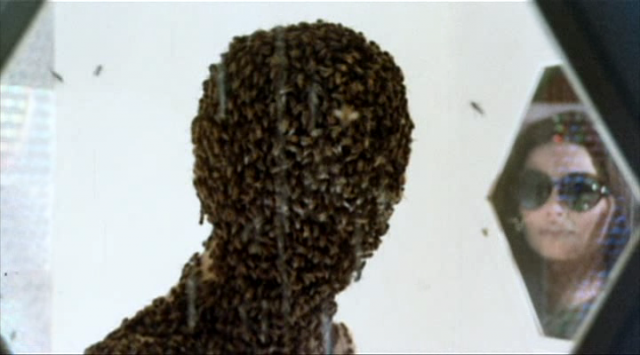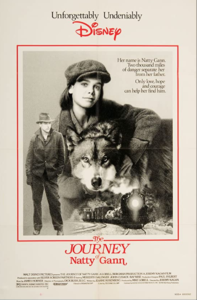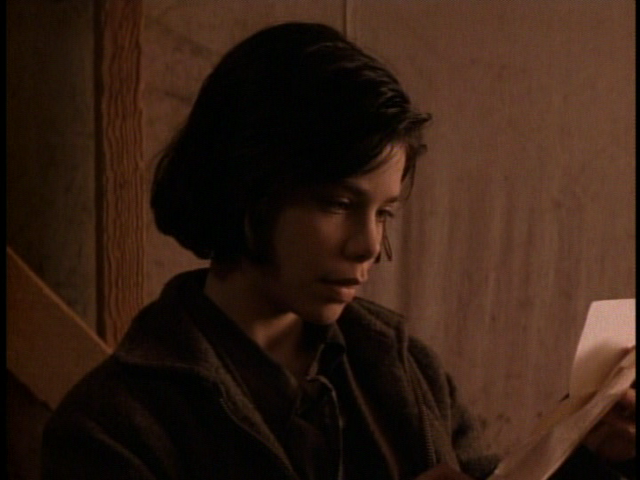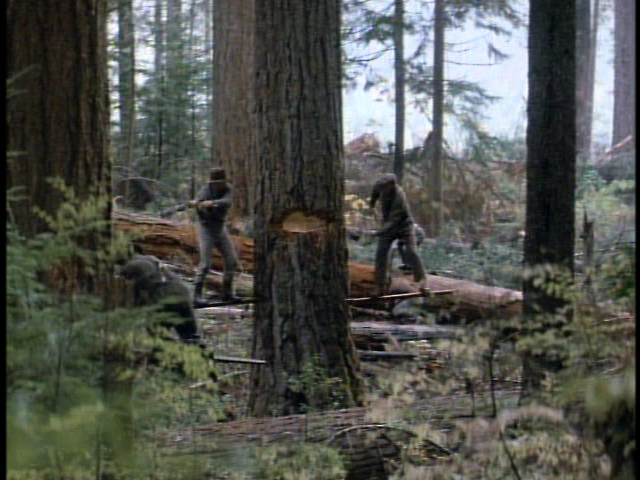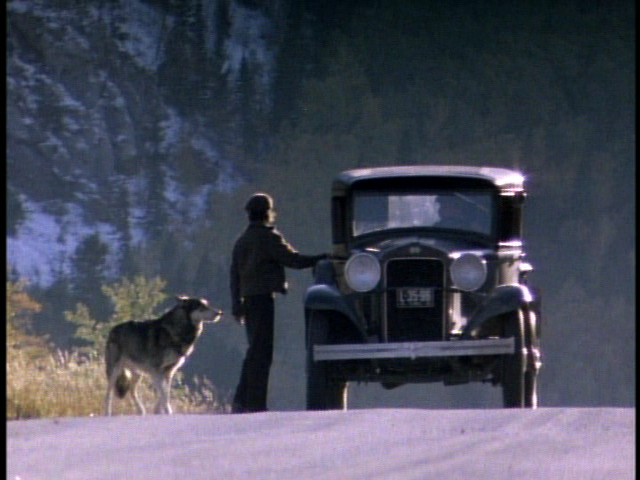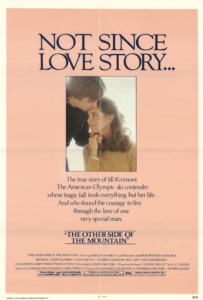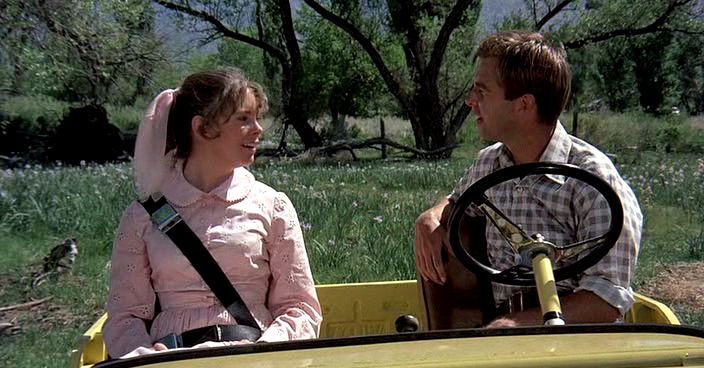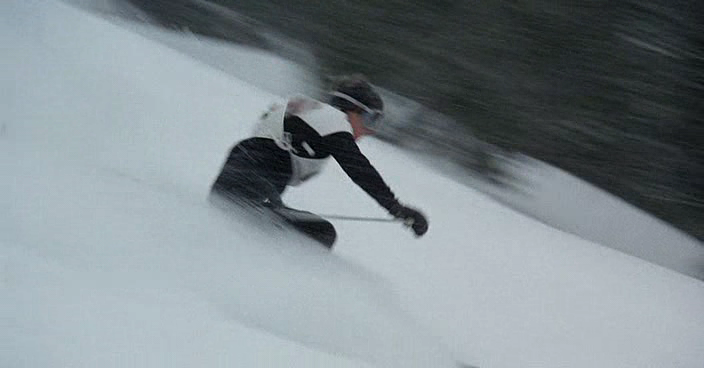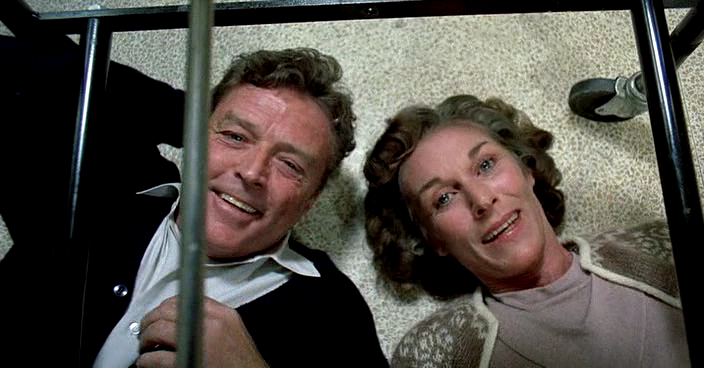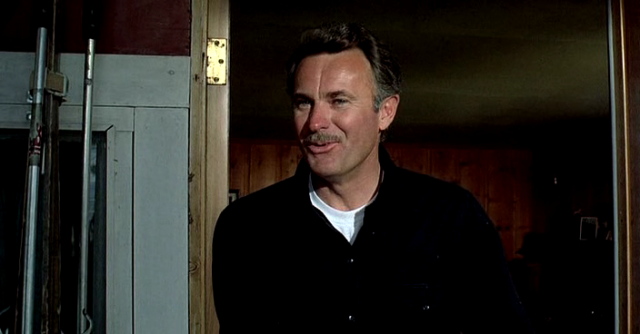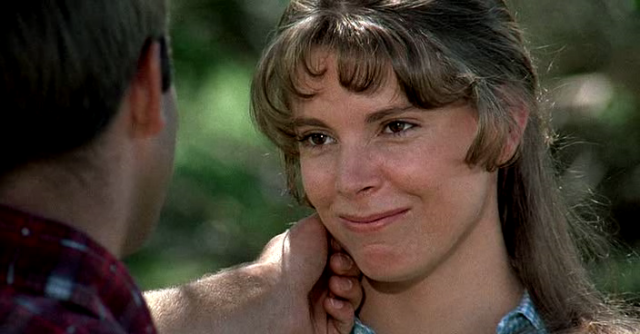|
Genres, Themes, Actors, and Directors:
- Career-versus-Marriage
- Cary Grant Films
- Feminism and Women’s Issues
- Howard Hawks Films
- John Qualen Films
- Journalists
- Love Triangle
- Play Adapation
- Political Corruption
- Ralph Bellamy Films
- Romantic Comedy
- Rosalind Russell Films
- Strong Females
- Winning Him/Her Back
Response to Peary’s Review:
Peary is appropriately impressed by this “brilliantly acted, frantically paced screwball comedy”, which reworks “[Ben] Hecht and [Charles] MacArthur’s famous newspaper play, The Front Page” by recasting the lead character of Hildy Johnson as a woman. As Peary notes, the film (expertly directed by Howard Hawks) “is famous for chaotic, overlapping dialogue”, which is both wickedly funny and pointedly satirical — indeed, you’ll need to watch the film at least a few times to begin to catch all the nuances of its rapidfire, densely packed script. As DVD Savant puts it, “His Girl Friday is not a picture to see if one has a slight headache” — you’ll keep feeling, rightly so, like you’ve missed something.
Indeed, His Girl Friday covers a plethora of narrative bases: not only is it arguably the most famous “newspaper drama” in cinematic existence (it makes journalism look like the most exciting profession EVER), but it relates a satisfyingly humorous love triangle (poor Bellamy never stands a chance), as well as a deeply cynical tale of political corruption. Perhaps most notably, however, His Girl Friday showcases the very real conflict many women feel when faced with the prospect of career-versus-marriage. Hildy “thinks she wants a home, as all women are supposed to”, and assertively tells her fellow newsmen that she wants to “be a woman, not a news-getting machine… [to] have babies and take care of them, give ’em cod liver oil and watch their teeth grow” (!!!). Yet she’s clearly still addicted to the rush of the newsroom — and, in this particular social universe, she must make a choice. Peary astutely argues, however, that the “film is not so much about the traditional battle of the sexes as it is about sexual differentiation”; he notes that “when characters put their guards down, they take on characteristics of the opposite sex”, with “the tough-talking male reporters [becoming] as gossipy as a women’s bridge group”, and Hildy happily “exchanging insults with Walter”.
Adding to the success of this tautly scripted, directed, and edited film are standout performances by both Grant and Russell, who are at the top of their game, and perfectly matched for each other. Grant — who reminds me more than ever here of George Clooney — is “exceptional, particularly doing physical comedy”; it’s enjoyable to watch him in a “rare” role as “the aggressor in a relationship, rather than a befuddled suitor”. Meanwhile, Russell “is dynamic… [and] unabashed as [a] cunning, bawdy, aggressive, cigarette-smoking, unladylike female”. As Peary notes, “it’s a shame she wasn’t offered such parts more often”; interestingly, however, Russell was far from Hawks’ first choice for the role — he wanted Carole Lombard. Be sure to check out all of TCM’s online articles for more juicy behind-the-scenes trivia about this fabled film.
Redeeming Qualities and Moments:
Must See?
Absolutely — numerous times. Nominated as one of the Best Pictures of the Year in Peary’s Alternate Oscars.
Categories
- Genuine Classic
- Important Director
(Listed in 1001 Movies You Must See Before You Die)
Links:
|

